When It Comes To Windows 10 End-of-Support: Don’t Replace, Refresh Your Device Strategy
The final day of support for Windows 10, October 14, 2025, is now just weeks away. For many organisations, the initial reaction is to focus on the operating system upgrade itself. However, the move to Windows 11 presents a more fundamental challenge that an OS update alone cannot solve: hardware compatibility.
A significant portion of existing device estates simply do not meet the hardware requirements for Windows 11. This reality is forcing a difficult and often unplanned conversation about a large-scale device replacement. For many, this will feel like a reactive and expensive problem.
But it doesn’t have to be. This deadline should not trigger a panic-buy. Instead, it should be the catalyst for a more strategic, data-driven approach to your entire device estate. It’s time to move from a reactive replacement cycle to a SMART Device Refresh.
The Cost of Inaction and Unplanned Refresh Cycles
Organisations still running on Windows 10 after the deadline will be required to purchase Extended Security Updates (ESUs) for every non-compliant device to avoid exposure to cyber threats. This is a significant financial drain with no return on investment. The cost escalates dramatically, doubling in the second year and doubling again in the third, creating a recurring budget item spent only to maintain an obsolete OS.
Furthermore, many organisations are already caught in a cycle of reacting to device failures and budget availability rather than making informed, data-driven refresh decisions. This approach often leads to overspending on devices that are not suited to user needs, while leaving other areas with inadequate technology that hinders productivity and impacts employee morale.
A Strategic Approach: The XMA SMART Device Refresh
XMA’s SMART Device Refresh service provides a structured, data-driven plan to navigate the Windows 11 transition and optimise your entire device estate for the long term. We help you balance performance, user experience, and cost-efficiency.
Our approach is built on providing actionable insights to make smarter investment decisions. We help you avoid overspending and extend device lifecycles where appropriate, without compromising on security.
How We Help:
- Insightful Hardware Assessment: Our first step is a fast-track assessment of your entire hardware estate. We identify which devices are compatible with Windows 11, which ones are not, and which can be redeployed to other roles extending their useful life. This gives you a clear, data-driven baseline for your migration plan, as well as a more sustainable approach to your IT assets.
- Data-Driven Procurement: For devices that require replacement, we provide a streamlined procurement service. Our advice is based on a deep understanding of user needs, ensuring you invest in hardware that is powerful enough for the job but affordable enough for your budget. For example, we use insights on application usage to ensure a designer gets the right GPU and a data analyst gets the right CPU, avoiding unnecessary expense while improving productivity.
- Flexible Procurement and Lifecycle Management: We understand the pressure on capital budgets. We offer flexible procurement options through public sector frameworks, including financing and as-a-service models that can shift expenditure from CapEx to a predictable operational cost. For a complete solution, our Device Management as a Service (DMaaS) can handle the entire device lifecycle, from procurement and deployment to ongoing support and secure disposal, reducing the burden on your internal IT team.
The Windows 10 end-of-support deadline is a chance to break the reactive cycle of device management and implement a cost-effective, long-term plan that aligns with your organisation’s goals.
Don’t pay the price for delay. Contact XMA today at enquiries@xma.co.uk to build a SMART device refresh strategy for your transition to Windows 11.



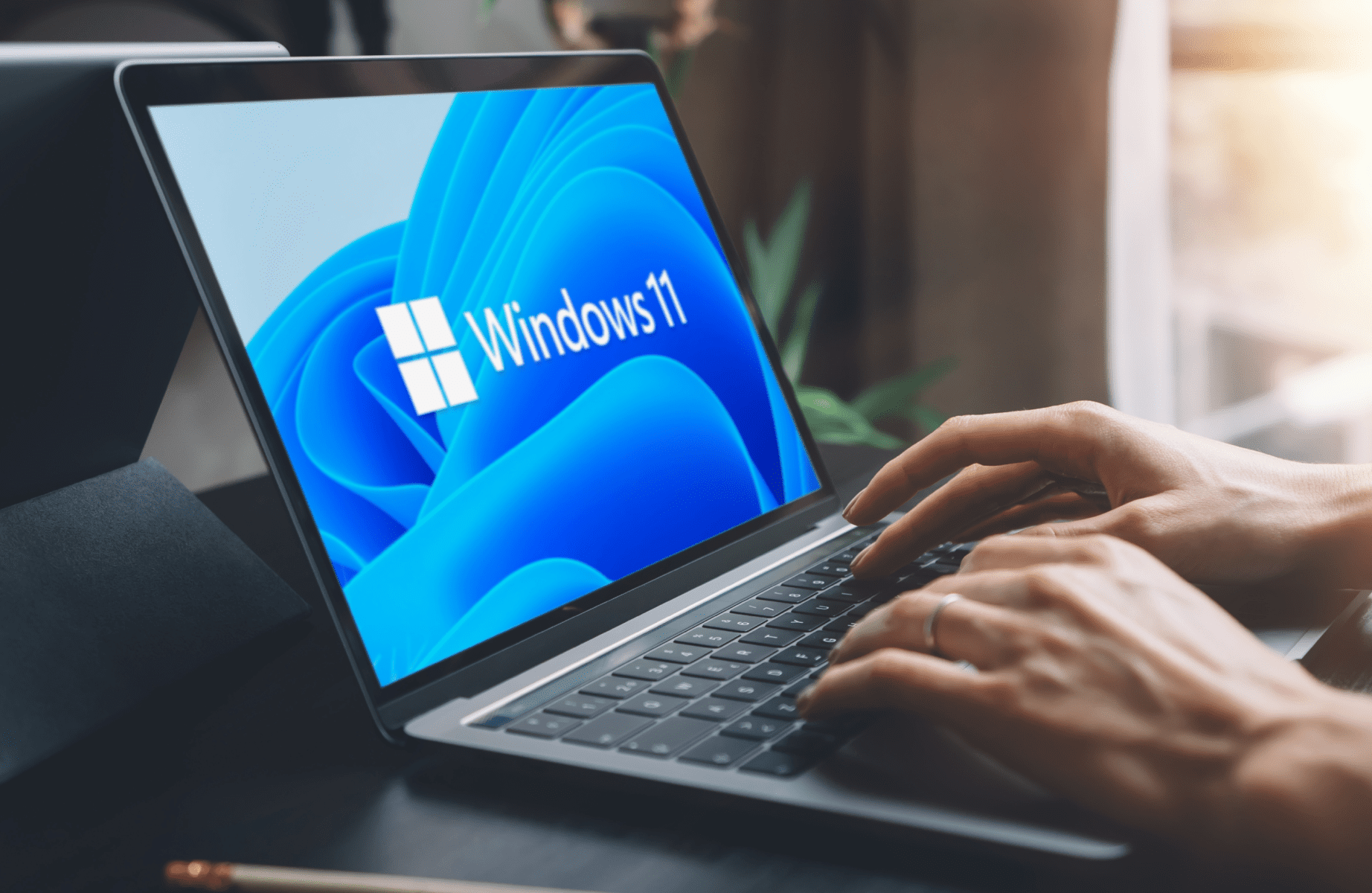
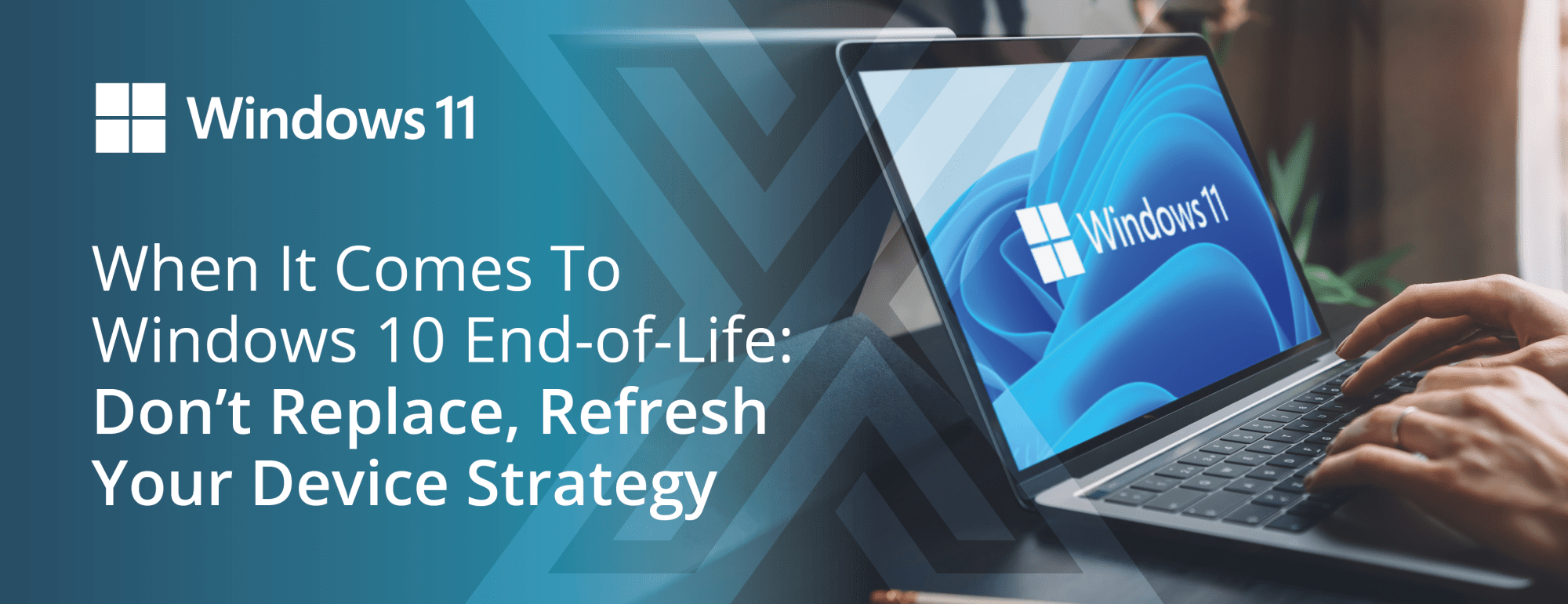



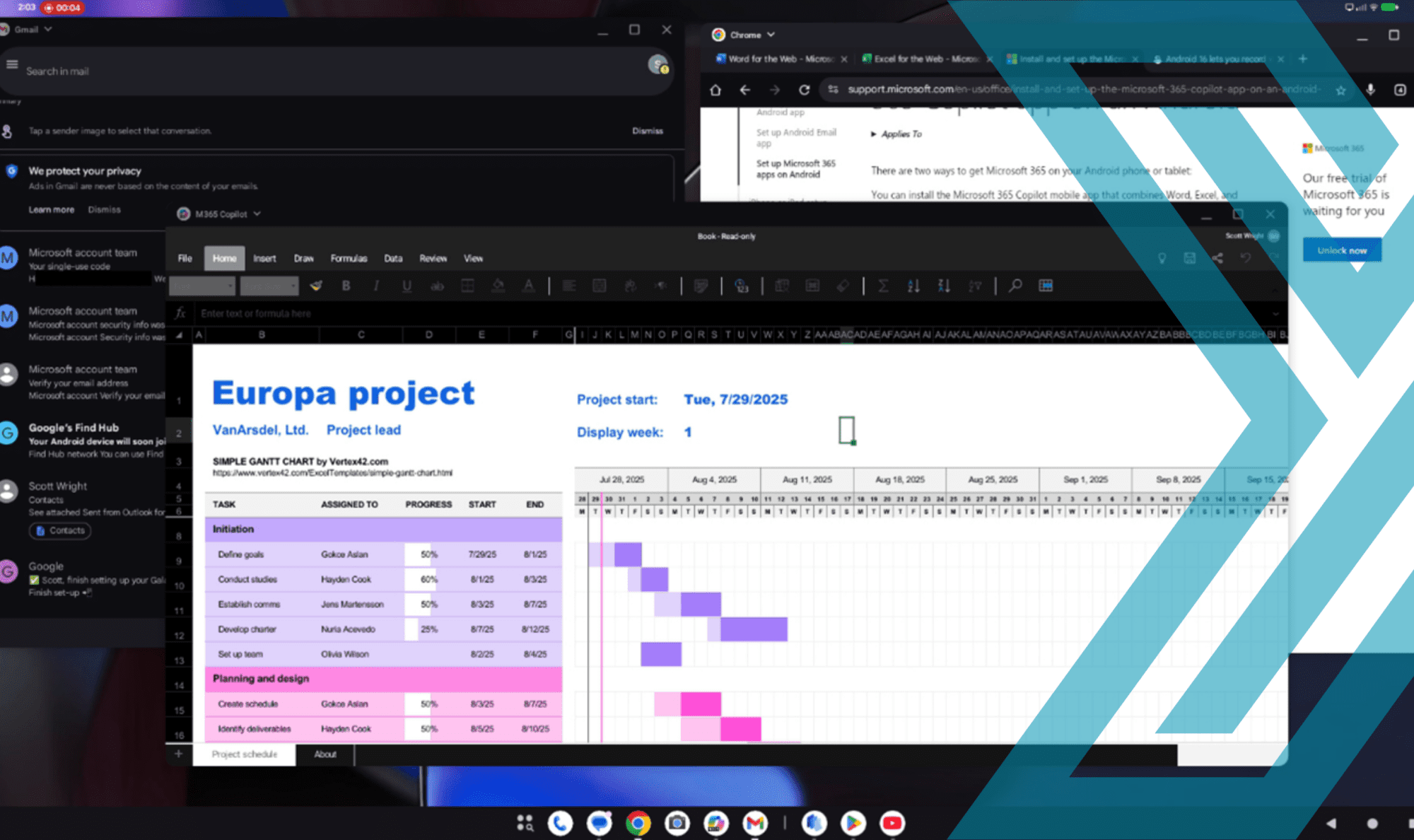

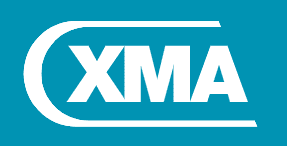

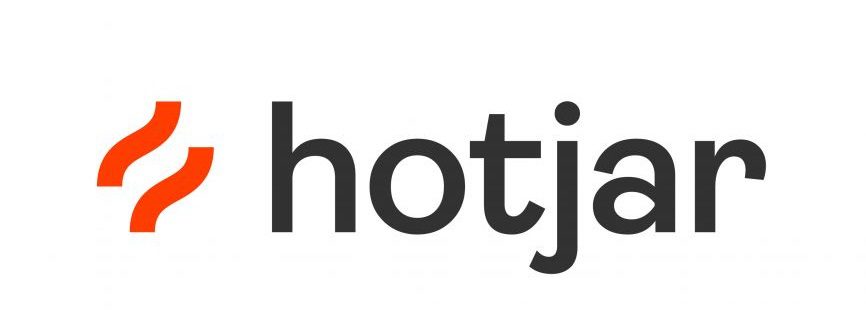 Monitoring by Hotjar
Monitoring by Hotjar